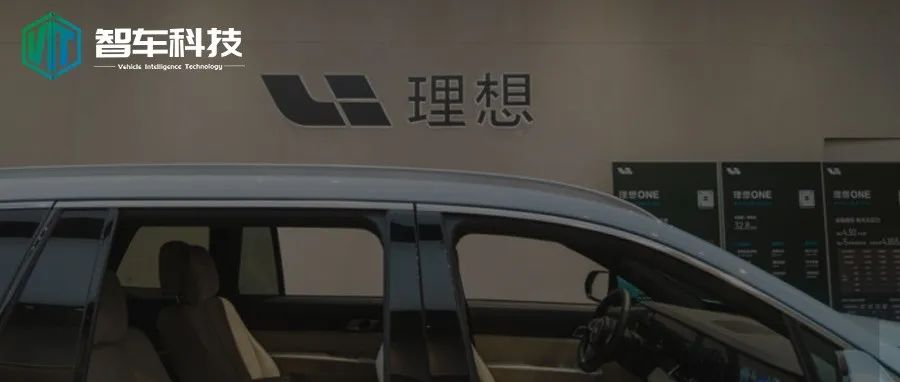Introduction
Not long ago, a tricycle suddenly appeared on the road, and the AEB (Autonomous Emergency Braking) system of the Idealseat vehicle did not work properly. This led to a broad-based attention after Zhiche Technology commented in “Who is responsible for AEB malfunctions, the car owner or manufacturer?” On June 21st, Founder and CEO of Idealseat, Li Xiang, announced that Idealseat will open-source all of their self-developed AEB system codes as one of the main highlights of the Idealseat Summer Launch Event.
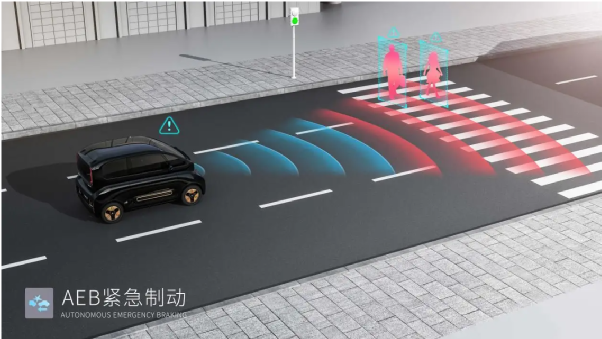
AEB is a vehicle safety feature that enables the vehicle to avoid or reduce the severity of a collision by automatically braking when the vehicle encounters a sudden dangerous situation or when the distance between the vehicle and the preceding vehicle or pedestrian is shorter than a safe distance, while driving normally without adaptive cruise control. With driving assistance features gradually becoming standard, the AEB function is gradually becoming popular in the domestic automobile market.
Idealseat’s Self-developed AEB Function
In fact, there was a period of turmoil in the development of Idealseat’s self-developed AEB. Initially, Idealseat used a solution from Mobileye, but according to Idealseat, the Mobileye solution was technically closed and Mobileye was not willing to optimize their AEB algorithm based on Chinese road conditions at the time. In this context, Idealseat decided to self-develop AEB.
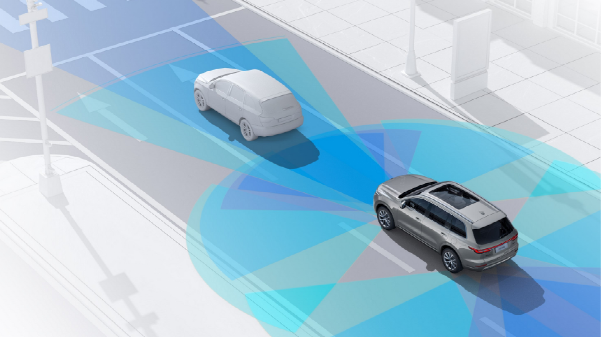
At the chip level, Idealseat used domestic Horizon instead of Mobileye. In the area of sensors, compared to the original Mobileye solution, Idealseat added an 8 million-pixel camera, four corner millimeter-wave radars, and a high-level ADAS control unit. According to Idealseat, the Idealseat AEB team develops and verifies over 10 million kilometers of mileage every day, and has successfully avoided more than 100,000 collisions.
In the testing of more than 100 vehicles conducted by Dongchedi, Idealseat ONE’s AEB function was ranked first. Although we cannot say that Idealseat’s AEB function is necessarily the best in the domestic market, according to Dongchedi’s testing methods and dimensions, there are still some standout features of Idealseat’s AEB function: Idealseat ONE is the only model that can identify lateral vehicles.
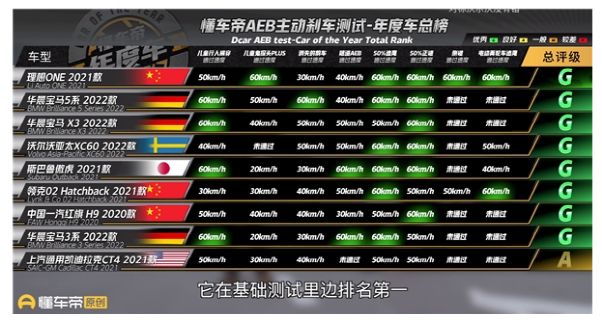
Why is Idealseat’s AEB Ranked First?For both the complete vehicle enterprise and autonomous driving/advanced driver assistance technology companies, although algorithms are very core, the value and significance of the massive tested road data that underlies various parameters adjustments hidden under the algorithm and promotes the constantly optimized related parameters are even greater. In fact, the working principle of AEB is not difficult to master, and it is not difficult to achieve basic AEB functions. However, improving the accuracy of AEB from 99% to 99.9% or even 99.99% requires exponential work. For Ideal Auto, relying solely on its own accumulation, the efficiency is definitely not high. But if more and more other car enterprises in the industry also use an ideal AEB to provide a continuous stream of data support for Ideal Auto, in fact, from another perspective, it also helps Ideal Auto to continuously optimize its AEB parameter settings.
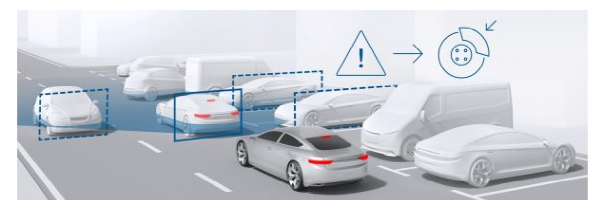
For most complete vehicle enterprises in the market, purchasing AEB solutions from companies like Bosch, Continental, and Autoliv is a more conventional approach. These mainstream component suppliers’ solutions’ biggest shortcoming compared to Ideal Auto is the accumulation of AEB operation data in actual road environments. If they have not negotiated with complete vehicle enterprises in advance, it means that the host factory will never directly transmit the AEB data of each car to these Tier 1 suppliers. The accumulated data from just a few test vehicles on the road is very limited. And these host factories that purchase AEB, although they may have a large amount of data, actually do not have the ability to self-develop a systematic AEB. That is to say, a large amount of data is deposited in their databases and difficult to play an effective role.

Ideal is well positioned to make up for the shortcomings of both. As a host factory, Ideal has a large number of customers driving every day on the road, constantly providing massive AEB-related data to Ideal. And technically, since Ideal’s AEB is self-developed, it has the ability to analyze relevant data and knows how to use massive data to optimize its algorithm.
The Significance of Code Open-sourceIdeal Automotive has open-sourced its AEB-related code in hopes of gaining more attention from the industry and media, but the actual response may not be as enthusiastic as expected. Apart from some scientific research institutions at home and abroad, enterprises that are likely to directly copy Ideal’s AEB software and hardware strategy are probably rare. In fact, even Aiways was willing to open its whole-vehicle platform to other automakers before Ideal. However, to this day, we have not heard of any other automotive companies using Aiways’ whole-vehicle platform.
From the perspective of overall automotive companies, especially those with ambitions, on the one hand, using Ideal’s open-sourced AEB code is not well received; on the other hand, once related technical problems arise, Ideal Automotive will not be responsible for resolving them. Under these circumstances, using Ideal’s AEB code becomes meaningless. Moreover, currently, AEB hardware configurations and software algorithms are already very mature. Therefore, for Ideal Automotive as well as other companies in this field, the missing piece is a massive amount of data for continuous system optimization, not related AEB algorithms. If they use Ideal’s open-sourced AEB code and are unable to receive Ideal Automotive’s continuous optimization and upgrades, then this set of AEB algorithms loses its meaning.
Therefore, for other automotive companies, whether it is AEB or other core functions, to truly master them, it is certainly necessary to undergo arduous self-research and development. Ideal’s open-sourced AEB code can only serve as a starting point, but ongoing development is essential. Therefore, open-sourced code may seem great, but the workload afterwards is not small at all.
This article is a translation by ChatGPT of a Chinese report from 42HOW. If you have any questions about it, please email bd@42how.com.
